My Favourite Painting: Judith Weir
'This exquisitely decorated painting with a young, ginger-haired man screwing up his face, expressing disgust, and also fear, suggested by the whites of his eyes – such a vivid detail.'
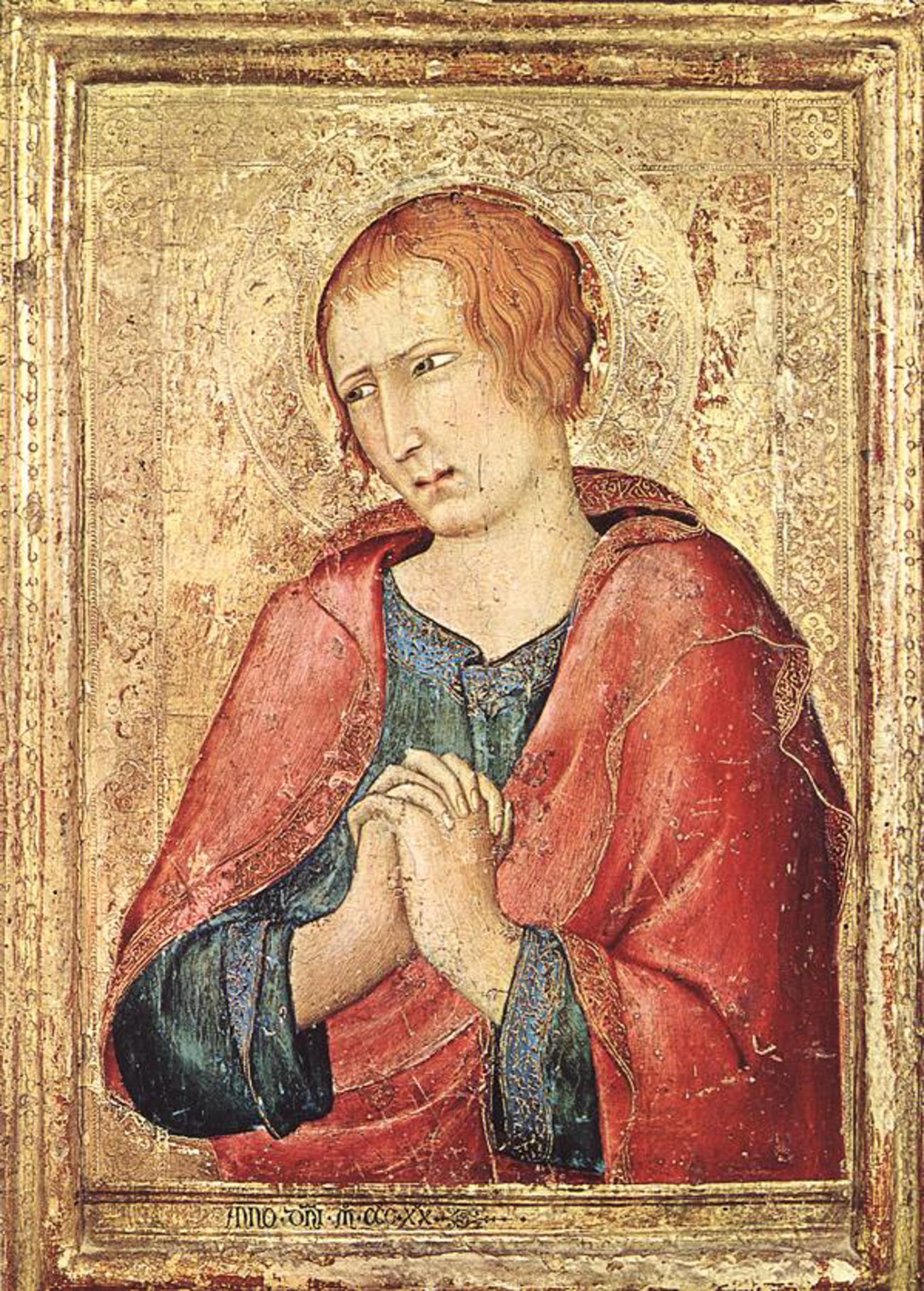

Judith Weir chooses St John the Evangelist by Simone Martini:
‘I visit the wonderful Barber Institute in Birmingham whenever I can, particularly haunted by this exquisitely decorated painting with a young, ginger-haired man screwing up his face, expressing disgust. And also fear, suggested by the whites of his eyes – such a vivid detail.
‘It’s somehow a modern face, reminding me of one of my students. I rarely get round to reading the captions in galleries, so it was years before I realised that this young fellow is St John the Evangelist and the disgusting, terrifying thing he has just seen is Jesus’s Crucifixion.’
Judith Weir is Master of The Queen’s Music
John McEwen on St John the Evangelist by Simone Martini:
Simone Martini was witness to the golden age of Siena before the Black Death in 1348, when the city, centre of its Republic since the 12th century, had a population of 50,000 – the same as today. Siena prospered because it lay on the Via Francigena, a principal pilgrimage and trade route between Rome and Northern Europe.
Duccio (di Buoninsegna) (1255/60–1315/18), who stands in historic importance to the Sienese School as Giotto (1266/67–1337) does to the Florentine, may have been Simone’s teacher. No documentary evidence exists, but both show the humane influence spread by St Francis and St Dominic and their charitable orders of friars and monks. Simone benefited from Siena’s trade-route position through his particular debt to French art, especially illuminated books and ivory carving, his painting noted for refined colour and elegant line.
His biography is largely derived from payment details. He married into the Memmo family of painters, had no children and earned his success largely through prestigious private commissions. The value of his house placed him in the top 14% of Sienese homeowners.
The last years of Simone’s life were spent at Avignon in France, from 1309 to 1376 the seat of the Papacy, where he may have died. Five works survive from the Avignon years, including this panel, once probably part of a folding triptych of the Crucifixion, the grieving St John counterpart to the grieving Virgin at either end of the arms of the cross. Closed, the panels formed a box painted in imitation of black marble. When they were opened, the sacred, yet remarkably empathetic interpretation of grief presented a revelatory contrast to the sombre exterior.
Sign up for the Country Life Newsletter
Exquisite houses, the beauty of Nature, and how to get the most from your life, straight to your inbox.
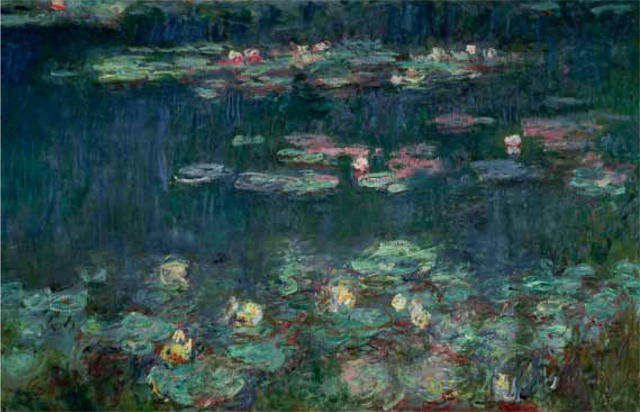
My Favourite Painting: Lulu
Lulu chooses her favourite painting for Country Life.
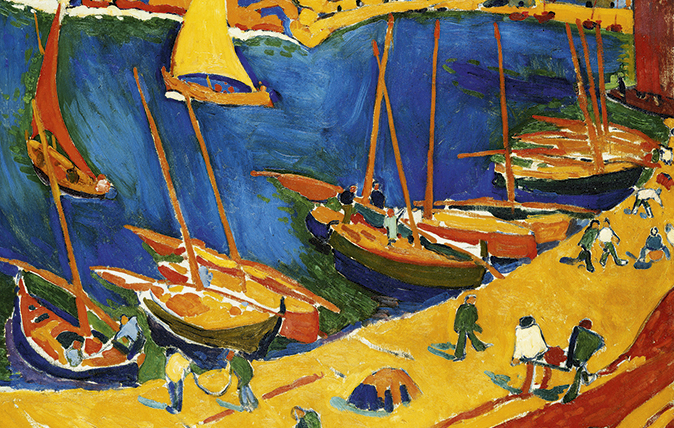
My favourite painting: Peter May
'Vividly coloured sailing boats in a harbour, which I gazed at for hours'
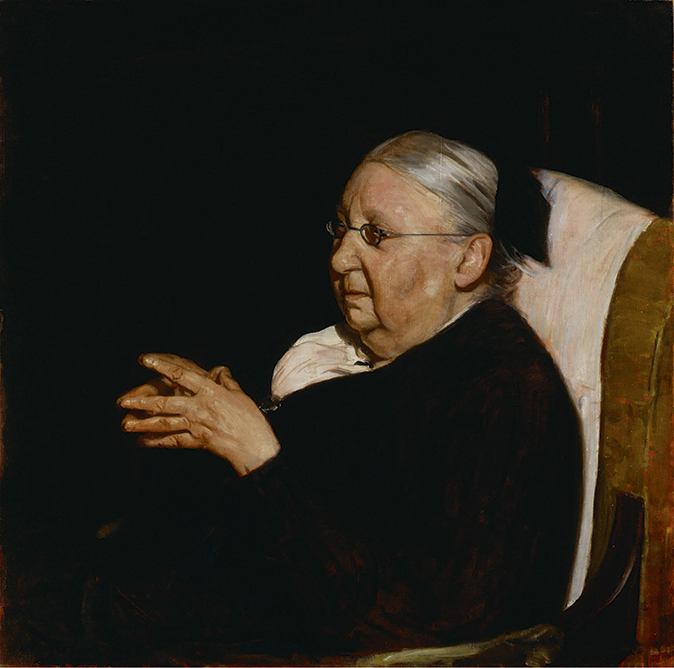
My favourite painting: Penelope Lively
'I love William Nicholson’s work. His still-lifes are incomparable.'
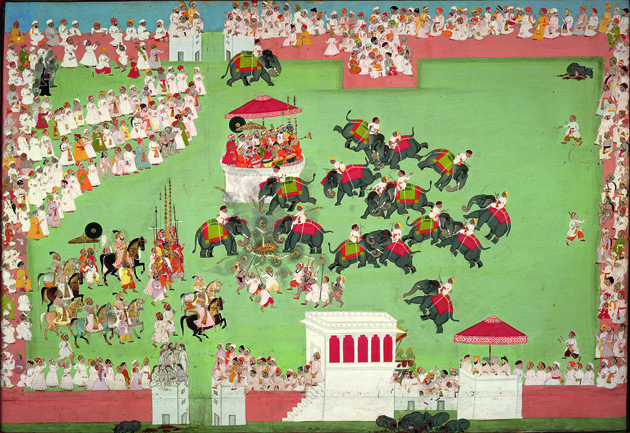
My favourite painting: Nicholas Coleridge
Nicholas Coleridge chooses Maharana Jagat Singh attending an elephant fight by Syaji and Sukha as his favourite painting

My favourite painting: Jacqueline Wilson
'I looked at this painting and decided to write about a Victorian circus girl one day'
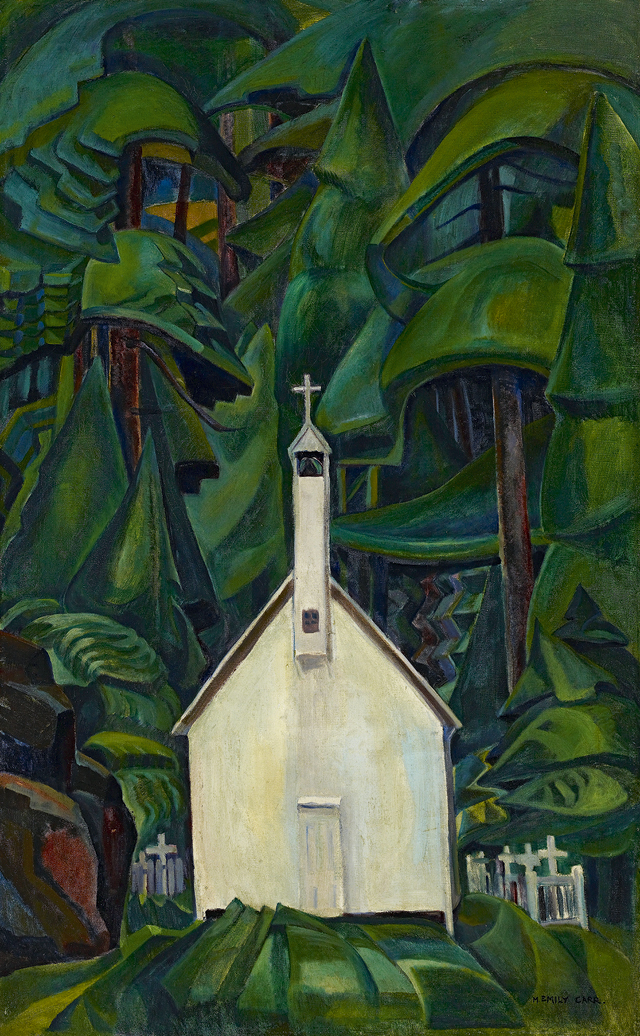
My favourite painting: Patrick Gale
Patrick Gale chooses his favourite painting for Country Life.
Country Life is unlike any other magazine: the only glossy weekly on the newsstand and the only magazine that has been guest-edited by HRH The King not once, but twice. It is a celebration of modern rural life and all its diverse joys and pleasures — that was first published in Queen Victoria's Diamond Jubilee year. Our eclectic mixture of witty and informative content — from the most up-to-date property news and commentary and a coveted glimpse inside some of the UK's best houses and gardens, to gardening, the arts and interior design, written by experts in their field — still cannot be found in print or online, anywhere else.
-
 380 acres and 90 bedrooms on the £25m private island being sold by one of Britain's top music producers
380 acres and 90 bedrooms on the £25m private island being sold by one of Britain's top music producersStormzy, Rihanna and the Rolling Stones are just a part of the story at Osea Island, a dot on the map in the seas off Essex.
By Lotte Brundle
-
 'A delicious chance to step back in time and bask in the best of Britain': An insider's guide to The Season
'A delicious chance to step back in time and bask in the best of Britain': An insider's guide to The SeasonHere's how to navigate this summer's top events in style, from those who know best.
By Madeleine Silver
-
 'As a child I wanted to snuggle up with the dogs and be part of it': Alexia Robinson chooses her favourite painting
'As a child I wanted to snuggle up with the dogs and be part of it': Alexia Robinson chooses her favourite paintingAlexia Robinson, founder of Love British Food, chooses an Edwin Landseer classic.
By Charlotte Mullins
-
 The Pre-Raphaelite painter who swapped 'willowy, nubile women' for stained glass — and created some of the best examples in Britain
The Pre-Raphaelite painter who swapped 'willowy, nubile women' for stained glass — and created some of the best examples in BritainThe painter Edward Burne-Jones turned from paint to glass for much of his career. James Hughes, director of the Victorian Society, chooses a glass masterpiece by Burne-Jones as his favourite 'painting'.
By Charlotte Mullins
-
 'I can’t look away. I’m captivated': The painter who takes years over each portrait, with the only guarantee being that it won't look like the subject
'I can’t look away. I’m captivated': The painter who takes years over each portrait, with the only guarantee being that it won't look like the subjectFor Country Life's My Favourite Painting slot, the writer Emily Howes chooses a work by a daring and challenging artist: Frank Auerbach.
By Toby Keel
-
 My Favourite Painting: Rob Houchen
My Favourite Painting: Rob HouchenThe actor Rob Houchen chooses a bold and challenging Egon Schiele work.
By Charlotte Mullins
-
 My Favourite Painting: Jeremy Clarkson
My Favourite Painting: Jeremy Clarkson'That's why this is my favourite painting. Because it invites you to imagine'
By Charlotte Mullins
-
 The chair of the National Gallery names his favourite from among the 2,300 masterpieces — and it will come as a bit of a shock
The chair of the National Gallery names his favourite from among the 2,300 masterpieces — and it will come as a bit of a shockAs the National Gallery turns 200, the chair of its board of trustees, John Booth, chooses his favourite painting.
By Toby Keel
-
 'A wonderful reminder of what the countryside could and should be': The 200-year-old watercolour of a world fast disappearing
'A wonderful reminder of what the countryside could and should be': The 200-year-old watercolour of a world fast disappearingChristopher Price of the Rare Breed Survival Trust on the bucolic beauty of The Magic Apple Tree by Samuel Palmer, which he nominates as his favourite painting.
By Charlotte Mullins
-
 My favourite painting: Andrew Graham-Dixon
My favourite painting: Andrew Graham-Dixon'Lesson Number One: it’s the pictures that baffle and tantalise you that stay in the mind forever .'
By Country Life